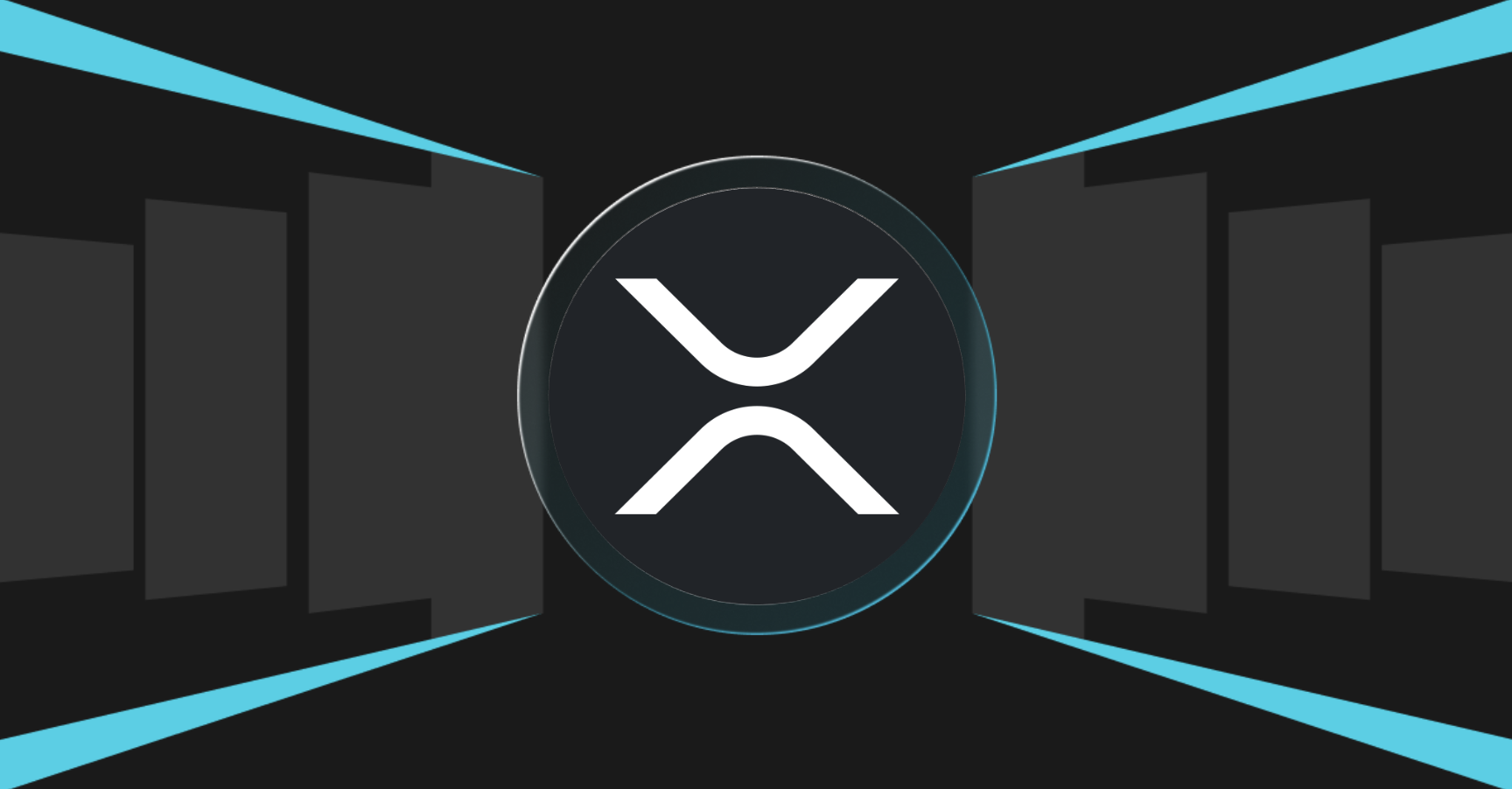
Bitcoin Mining Machines in 2025: Top Hardware, Setup & ROI
As the popularity and value of Bitcoin continue to surge, more investors and enthusiasts are exploring the world of Bitcoin mining. At the core of this industry is the bitcoin mining machine—a specialized piece of hardware designed exclusively to solve complex cryptographic equations on the Bitcoin blockchain. If you’re looking to understand, invest in, or optimize your mining strategy, it’s crucial to grasp what makes a top-tier bitcoin mining machine and how to select the best in 2025.
What Is a Bitcoin Mining Machine and How Does It Work?
A bitcoin mining machine (also called a Bitcoin ASIC miner) is a powerful computer engineered specifically for the purpose of mining Bitcoin by performing SHA-256 cryptographic hash calculations. These machines constantly run algorithms to validate Bitcoin transactions and secure the blockchain network while competing with other miners to solve new blocks. When a mining machine successfully solves a block, the miner is rewarded with Bitcoin.
Earlier in Bitcoin’s history, mining could be performed using regular CPUs or GPUs. But as mining became more competitive, Application Specific Integrated Circuit (ASIC) miners—optimized exclusively for Bitcoin—became the standard. Modern bitcoin mining machines are vastly more efficient and powerful than their predecessors, making ASICs an essential investment for serious miners.
What Makes a Good Bitcoin Mining Machine?
Choosing the right bitcoin mining machine is key to profitability and operational efficiency. Here’s what to consider:
1. High Hash Rate
-
Hash rate indicates how many calculations a machine can perform per second (measured in Terahash per second, TH/s).
-
A higher hash rate gives you a greater chance of solving blocks and earning Bitcoin rewards.
2. Maximum Energy Efficiency
-
The best bitcoin mining machines provide the highest hash rates while consuming the least energy (measured in joules per terahash, J/TH).
-
Lower energy consumption means reduced operating costs—vital since electricity is the biggest ongoing expense in mining operations.
3. Robust Reliability Longevity
-
Look for machines from reputable manufacturers with a track record for reliability (e.g., Bitmain, MicroBT, Canaan, Bitdeer).
-
Machines should be built to run 24/7 with durable components to minimize downtime and repairs.
4. Cost and Value
-
Consider both the initial purchase price and expected operational expenses.
-
A more expensive machine may be justified by better energy efficiency and longer lifespan, yielding superior ROI in the long run.
The Best Bitcoin Mining Machines in 2025
Rapid advances have brought new-generation ASICs that offer unprecedented performance and energy savings. Here’s a look at the top bitcoin mining hardware dominating the market in 2025:
1. Bitmain Antminer S21 Hyd
-
Hash Rate: 335 TH/s
-
Power Consumption: 5,360 W
-
Efficiency: ~16 J/TH
-
Features: Advanced hydrocooling technology ensures thermal stability and quieter operation; perfect for professional mining farms.
2. MicroBT Whatsminer M60S
-
Hash Rate: 170–186 TH/s
-
Power Consumption: 3,441 W
-
Efficiency: ~18.5 J/TH
-
Features: Industry-leading reliability, easy integration, and flexible deployment.
3. Canaan Avalon Made A1366
-
Hash Rate: 130 TH/s
-
Power Consumption: 3,250 W
-
Efficiency: 25 J/TH
-
Features: User-friendly setup, solid cooling, and robust build.
4. Bitmain Antminer S19 XP Hyd
-
Hash Rate: 255 TH/s
-
Power Consumption: 5,304 W
-
Efficiency: ~20.8 J/TH
-
Features: Liquid-cooled innovation for higher hash rates and stable 24/7 operation.
5. Bitdeer Sealminer A2
-
Hash Rate: 226 TH/s
-
Efficiency: 16.5 J/TH
-
Features: State-of-the-art energy saving, tailored for big mining operations, available primarily through Bitdeer's ecosystem.

Tip: Always check for firmware updates and improvements from manufacturers for enhanced efficiency and security.
Setting Up Your Bitcoin Mining Operation
1. Site Selection Power
-
Electricity cost is critical: Lower rates mean higher profits. Many miners locate operations in areas with renewable or surplus energy sources.
-
Ensure access to sufficient, reliable power and infrastructure for cooling and safety.
2. Cooling Solutions
-
Bitcoin mining machines generate significant heat. Use air conditioning, hydrocooling, or immersion cooling systems for optimal performance and hardware longevity.
3. Mining Software Pool Choice
-
Install mining software compatible with your ASIC.
-
Joining a mining pool increases your chances of consistent payouts by pooling resources with other miners.
4. Maintenance Security
-
Schedule regular maintenance to check for dust, update firmware, and optimize hash board performance.
-
Ensure your facility has adequate physical and cybersecurity protections.
Profitability of Bitcoin Mining Machines ROI Analysis
The ROI on a bitcoin mining machine depends on:
-
Bitcoin price: Rising prices can significantly boost profitability.
-
Mining difficulty: Higher network difficulty affects the amount of BTC earned per hash rate.
-
Electricity cost: Lower rates substantially increase miner ROI.
-
Hardware efficiency and lifespan: Investing in the latest, energy-efficient mining hardware can ensure your operation remains profitable even as the network evolves.
Many investors use mining calculators to estimate profit margins, factoring in device cost, hash rate, efficiency, electricity cost, pool fees, and network difficulty.
Frequently Asked Questions
1. Is mining Bitcoin at home with a mining machine possible in 2025?
While technically possible, home mining is usually unprofitable due to high residential electricity rates and heat/noise concerns. Serious miners join mining farms where costs are optimized.
2. How long does a typical bitcoin mining machine last?
Most ASIC bitcoin mining machines operate efficiently for 3–5 years, especially with proper maintenance and in stable environmental conditions.
3. Do all bitcoin mining machines use the same algorithm?
Bitcoin ASIC miners are optimized for the SHA-256 algorithm, which is exclusive to the Bitcoin blockchain.
4. How often should I upgrade my bitcoin mining machine?
Upgrade frequency depends on network difficulty, hardware innovations, and energy economics. The industry norm is to upgrade every 2–3 years to maintain high profitability.
5. Are used bitcoin mining machines a good investment?
Used machines can offer lower upfront costs, but may lack efficiency, come with reduced warranty, or be more prone to faults—impacting long-term ROI.



